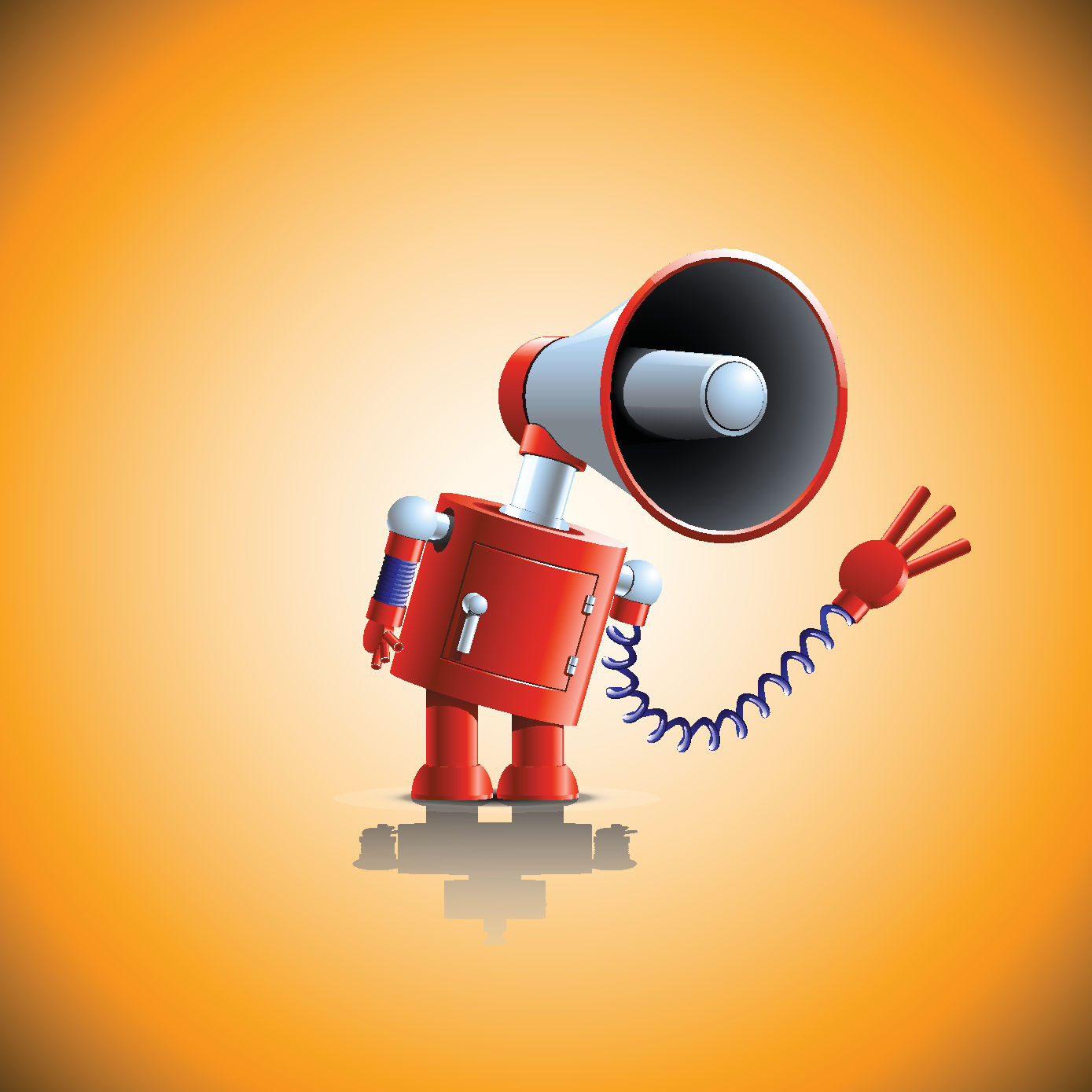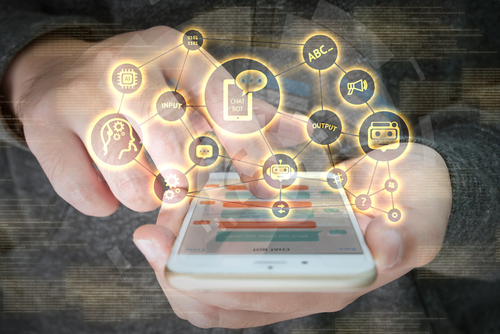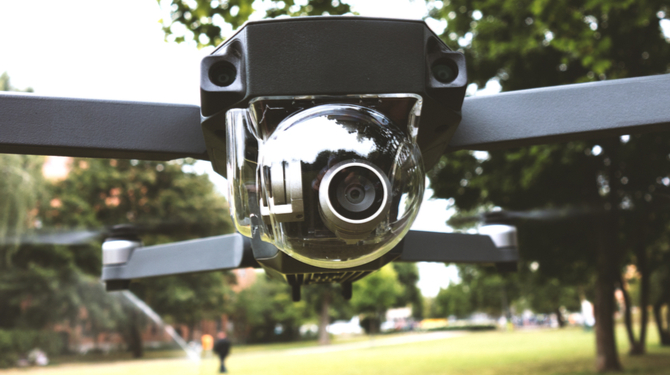With the world of AI progressing to the point that communication becomes indistinguishable from human speech, Helen Norton and Toni Massaro’s paper ‘Siriously? Free Speech Rights and Artificial Intelligence’ raises this question in evaluating whether the First Amendment in the US could or should protect AI speech, even in the absence of a responsible human creator. In order to attempt to answer this, the reasons for protecting the First Amendment in general are initially examined.
There are three dominant theories for protecting First Amendment rights. First, it ensures democratic self-governance, that is, it provides the opportunity for us, as a community, better able to govern ourselves through a democracy. Secondly, it provides a robust marketplace of ideas, so that individuals have access to all ideas when attempting to form their own. And third, it helps to protect autonomy of individual speakers. Theories of free speech assume that there is a speaker and a listener involved.
All of these three arguments are considered worth upholding because the (human) listener has a considerable interest at stake, that of having a democratic community, autonomy, and a large resource of ideas to help formulate their own. This is what makes it worth protecting the originator of information, even if that originator is not human, meaning that under these traditional arguments for free speech, the protection of AI communication is justified.
The problem with granting AI these rights is that First Amendment analysis is hugely deregulatory. Three examples of potentially harmful AI free speech were illustrated at the conference: Pepper the robot teaching children how to make bombs; Hello Barbie selling you viagra via manipulation; and Paro communicating with other systems to organise the robot uprising. Under the current content-based legislation, it would be hard to prevent an AI using their free speech rights to disseminate this information.
Since the theoretical justifications for defending free speech are listener-based, the focus on the interests of the listener should be heightened when applying regulation to the speaker. That is, in these cases of encountering and regulating AI speech and communication, we are in a different form of First Amendment jurisprudence, where both listeners’ and speakers’ rights are being weighed against each other, allowing greater protections for the listeners to be upheld, and First Amendment scrutiny is far less deregulated.
One of the conclusions reached is that human speaker-ness is no longer necessary to First Amendment analysis, but it still assumes that there is a human listener and that they have a vested interest to consider, due to the Constitution being designed to assist a human community to survive and thrive. The listener is, and should be, considered more important.
As a final note, the case of Paro attempting to instigate a robotic rebellion is unique among those examples because it involves AI-to-AI speech, with neither a human speaker nor listener involved and it poses new challenges for regulation. Do you justify speech protection in this case and how could it be regulated?


.jpg)
.jpg)
.jpg)

.jpg)



.jpg)
